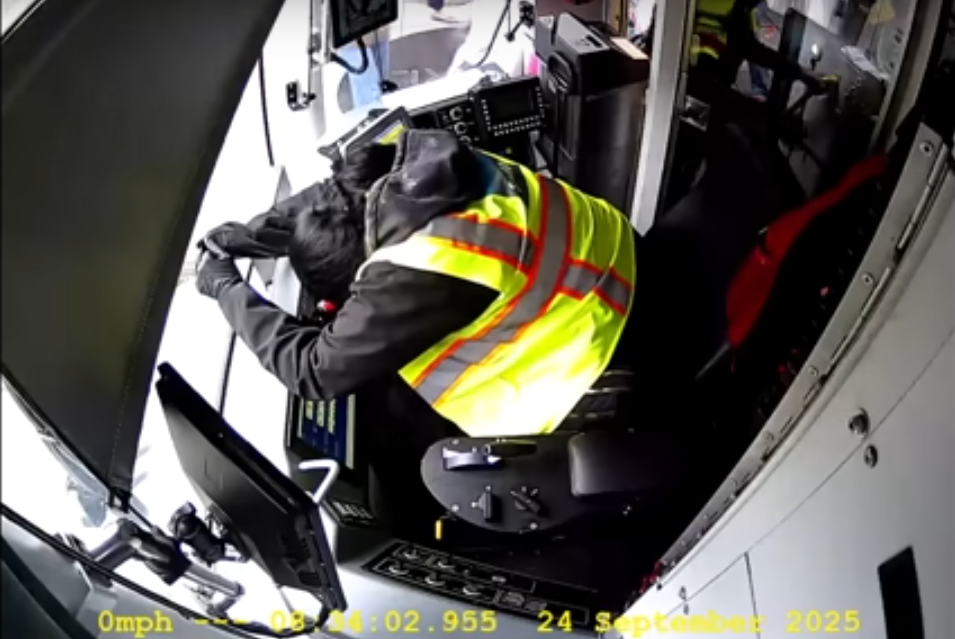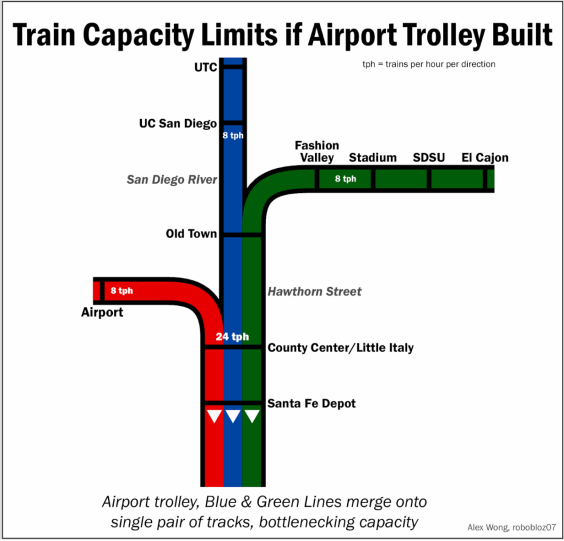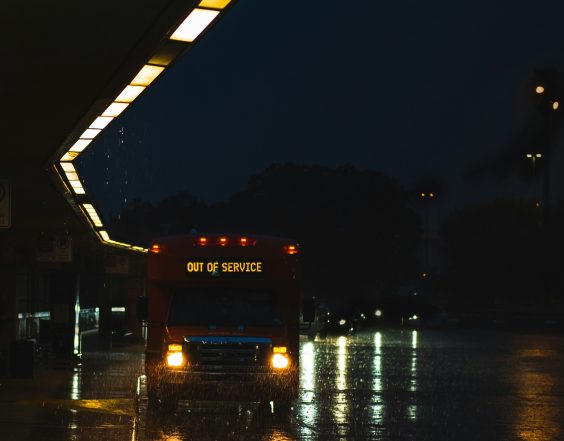 Chevrolet appeals to one of the most basic levels of
Chevrolet appeals to one of the most basic levels ofneed — safety — while insulting transit riders everywhere. Image via
Dead Horse Times
When I find myself complaining about city subway or bus service —
while waiting too long for the bus or watching helplessly from one train
as the one I need to transfer to leaves the station — I try to keep in
mind that, maybe above all else, the relative ease of car-free mobility
is the reason I live in New York. Jarrett Walker of Human
Transit might say that, by having the choice to make my home in
such a place, I have reached the self-actualization level on the Transit
Hierarchy of Needs.
Drawing on a post from The
Dead Horse Times, Walker explains that by applying Abraham Maslow’s
Hierarchy
of Needs to public transportation, advocates might come to a better
understanding of "what’s really important" when it comes to growing
transit ridership while meeting the needs of those for whom transit is
mostly a means to the most basic ends.
We transport planners are sometimes cast as narrow-minded because we obsess about travel time. But we obsess about it because humanbeings do. When an urbanist such as Patrick Condon suggests that I should want transit to be slower so that it will foster better communities, I sense a problem that Maslow’s pyramidmight elucidate.
Where in Maslow’s pyramid would we locate our need for speed? You might argue that it depends on the purpose of travel, but the vastmajority of our travel is about the three lowest levels of the pyramid.These levels — Physiological, Safety and Love/belonging — are whatmotivate us to work, and work is one of the great drivers of transitdemand.
More directly, the anxious basic lower-level needs are why weoften feel "we just need to get there." You’re waiting for a bus ortrain because you want to be home where it’s safe (Safety). Or you wantto get home to your partner or child (Safety and Love/belonging). Oryou’re hungry — a Physiological need.
When we engage in conversations about what makes a great city, or for that matter a good life, we have to remember that outside thesealed windows of our salon or charrette or network of likeminded blogs, most of our fellow citizens are working on more fundamental needs, andare motivated by those needs as they travel in the city. They’re buyingfood, or earning their rent money, or getting home to their families.
In a somewhat related post, Second
Avenue Sagas fears that New York’s "new" digital subway signage is
already 10 years behind. Also on the Network today: Twin
City Sidewalks on how Sesame Street is a bad model for public
space; DC
Bike Examiner on instances when transit isn’t "green"; and Soap Box LA on the new era of
cooperation between cyclists and LAPD.





